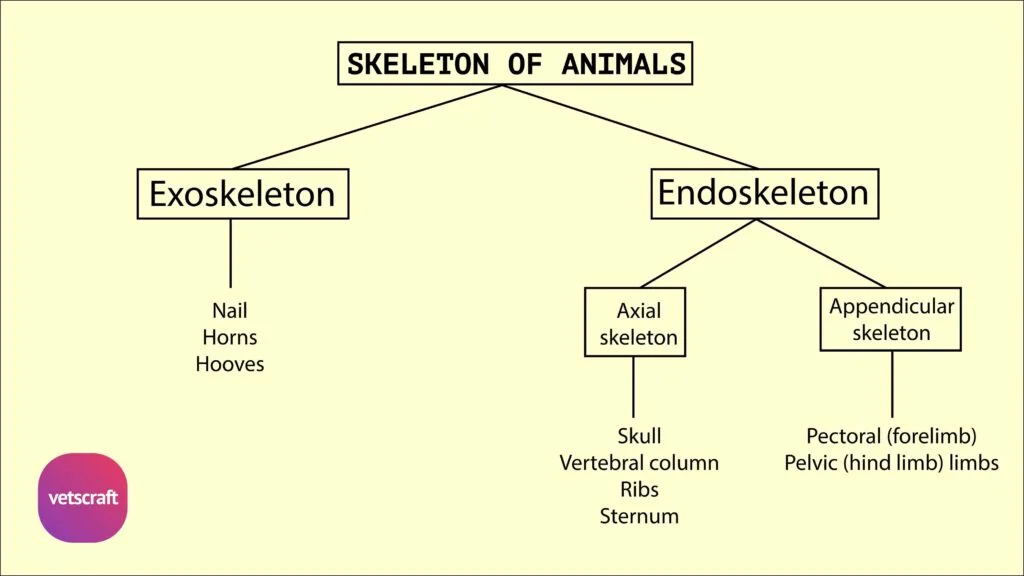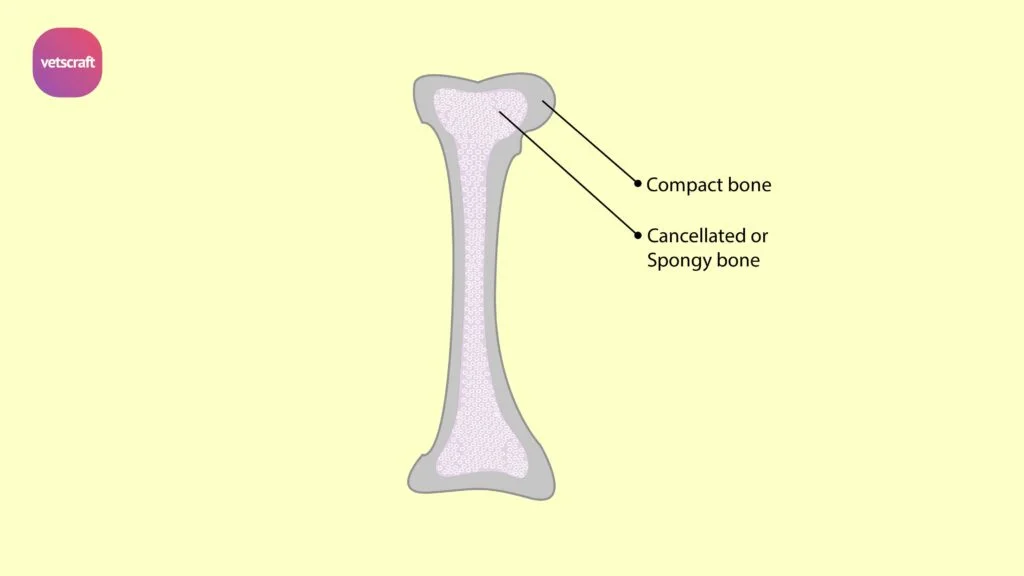TABLE OF CONTENTS
Comparative Anatomy of Forelimb Digits in Domestic Animals
Digits of the forelimb are the distal segments of the forelimb, commonly referred to as fingers or toes in animals. Each digit is typically composed of small bones called phalanges, and in many species, they also include sesamoid bones that assist in joint movement and tendon function.
Digits of Forelimb of Various Animal Species
Comparative anatomy of forelimb digits refers to the study of similarities and differences in the number, structure, and function of digits (fingers or toes) in the forelimbs of various domestic animals.
Ox
Ox has two digits in the forelimb—the third and fourth are fully developed and have three phalanges and three sesamoids each. The second and the fifth are vestiges and are known as accessory digits or dewclaws.
These are placed behind the fetlock. Each accessory digit contains one or two small phalanges, which do not articulate with the rest of the skeleton.

Sheep and Goat
Digits of the forelimb of sheep and goat resemble those of the ox. The accessory digits have no phalanges.
Horse
There is only one digit present in the forelimb of the horse—the third—and it consists of three phalanges and three sesamoids.

Pig
Two chief digits (the third and fourth) consisting of three phalanges each are present in the forelimb of the pig. There are two accessory digits, and the number of phalanges in each is similar to that of the chief digits.
Dog
There are five digits present in the forelimb of the dog. The third and fourth digits are the longest. The first digit has two phalanges and does not come in contact with the ground, while the rest have three phalanges each.
Rabbit
There are five digits present in the forelimb of the rabbit. The first is the shortest, and the third is the longest. The first digit has two phalanges, and the rest have three each.
Fowl
There are three digits in the forelimb of fowl. The first and second digits have two phalanges each. The third digit has one phalanx. Sesamoids are absent.

